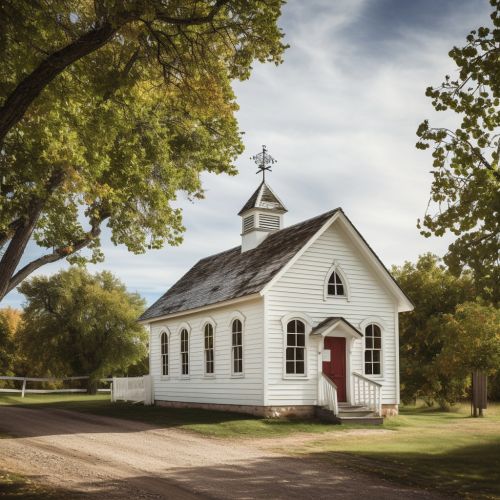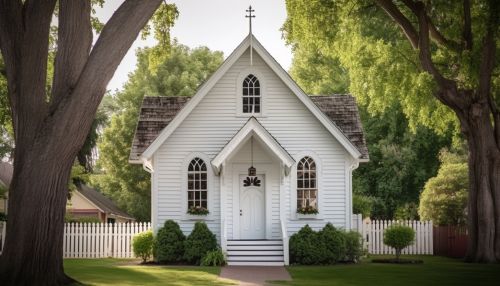Education in the United States
History of Education in the United States
The history of education in the U.S. is a complex narrative that intertwines social, political, and economic factors. The roots of American education can be traced back to the 17th century, when the first public schools were established in the New England colonies. These early institutions were primarily religious and aimed to instill moral values and literacy in the young colonists.


In the 18th and 19th centuries, the concept of public education began to evolve. The establishment of the Common School movement in the mid-19th century marked a significant shift in American education. This movement, led by education reformers such as Horace Mann, advocated for universal, tax-supported education. It was during this period that the foundation for the modern American school system was laid.
Structure of the U.S. Education System
The structure of the U.S. education system is characterized by its decentralized nature. Education in the United States is primarily the responsibility of state and local governments. Each state sets its own educational standards, often mandates standardized tests for K–12 public school systems, and oversees, usually through a board of regents, state colleges, and universities.
The U.S. education system is divided into three levels: elementary, secondary, and post-secondary or higher education. Elementary education typically spans grades 1-6, while secondary education covers grades 7-12. Post-secondary education, also known as higher education, includes undergraduate and graduate studies in universities and colleges.
Elementary and Secondary Education
Elementary and secondary education in the U.S. is compulsory over an age range starting between five and eight and ending somewhere between ages sixteen and eighteen. This requirement can be satisfied in public schools, state-certified private schools, or an approved home school program.
Public schools in the U.S. are mainly funded through a combination of local, state, and federal government funds. In most states, the county or regional "intermediate" school districts administer the funding and oversight of public schools.


Higher Education
Higher education in the United States is an optional final stage of formal learning following secondary education. It can come in the form of a four-year institution for undergraduate studies, or a graduate school for master's degrees and doctorates.
U.S. colleges and universities are widely recognized for their research and innovation. According to the QS World University Rankings, several American institutions, including MIT, Stanford, and Harvard, consistently rank among the top universities in the world.
Issues and Challenges in U.S. Education
Despite its strengths, the U.S. education system faces numerous challenges. These include disparities in educational outcomes based on race, socioeconomic status, and geography; the high cost of higher education; and debates over curriculum content, standardized testing, and teacher tenure.
Efforts to address these issues have led to significant policy debates and reforms, including the No Child Left Behind Act of 2001 and the Every Student Succeeds Act of 2015.
